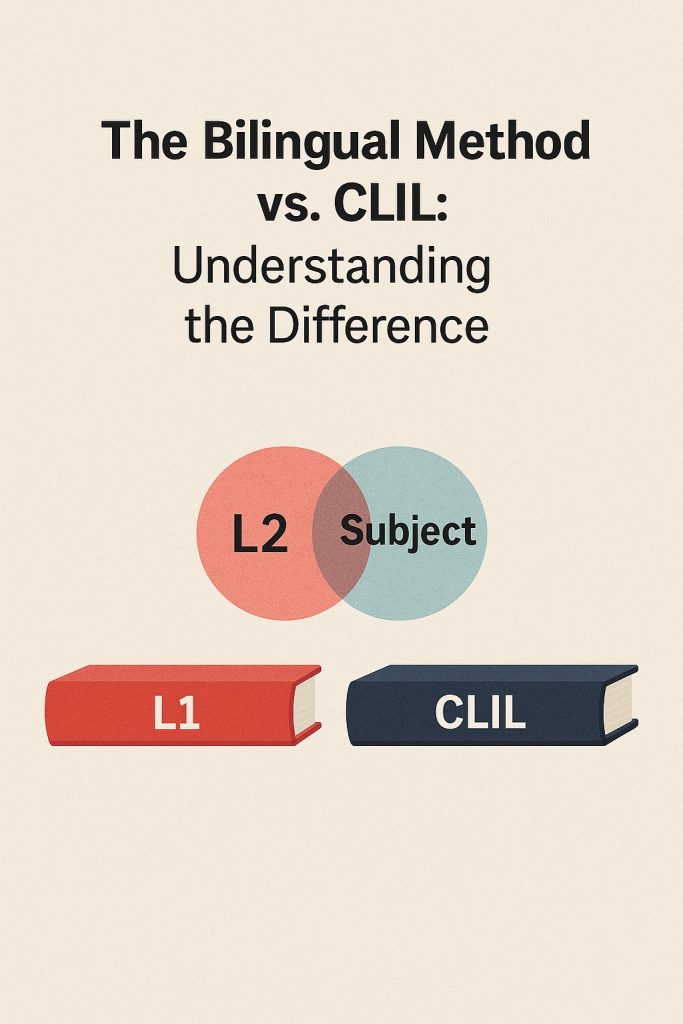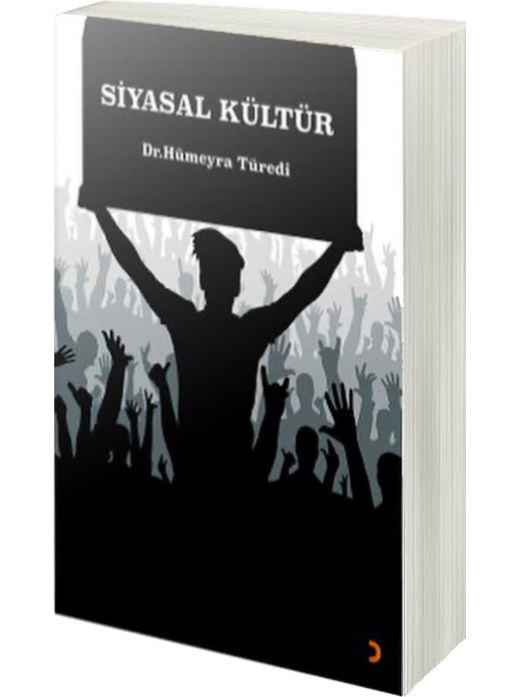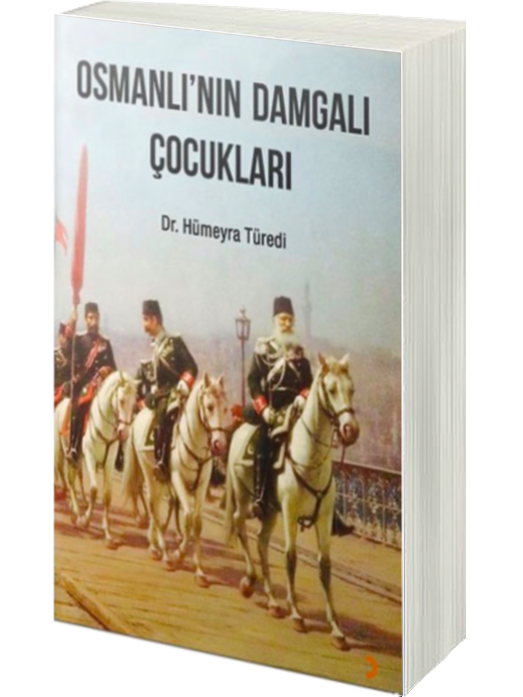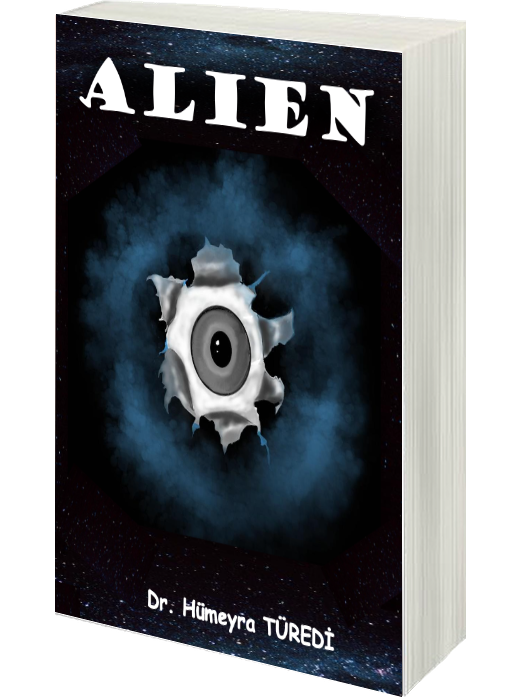
In the field of language education, different teaching approaches have developed to address diverse learner needs, school goals, and cultural contexts. Among these, the Bilingual Method and CLIL (Content and Language Integrated Learning) stand out as two influential but fundamentally different ways to support language learning. While they both aim to help students build language skills, they have different focuses, classroom practices, and philosophies. Understanding these differences can help teachers and curriculum designers choose the right approach — or find ways to blend them.
The Bilingual Method, first developed by Professor C. J. Dodson in the 1960s, is a structured way to teach a foreign language by using both the student’s mother tongue (L1) and the target language (L2) in a planned, careful way. The main idea is to make sure students understand new language items quickly and use them correctly, especially in speaking. A typical lesson starts with bilingual presentation: the teacher introduces new words or structures first in L2, then immediately gives the L1 translation, and then repeats the L2. This “sandwich technique” ensures meaning is clear from the start. After that, all practice is done in L2 only, with lots of pattern drills and controlled repetition to build confidence.
CLIL, on the other hand, is not mainly a method for teaching language — it is an educational approach that combines learning subject content and a foreign language at the same time. In CLIL, language is the medium, not the goal. Students learn English (or another L2) while studying real subjects like science, history, or geography. Developed mostly in Europe’s multilingual schools, CLIL encourages students to think more deeply, learn in meaningful contexts, and become comfortable using language in real academic tasks.
One clear difference is how teacher- or student-centered each approach is. The Bilingual Method is more teacher-led, especially at the start. The teacher controls what students hear, models correct structures, and checks that students repeat them accurately. CLIL is more learner-centered: students discover ideas, work on projects, solve problems, and use language naturally as they engage with the subject.
Their use of the first language (L1) is another big difference. The Bilingual Method uses L1 on purpose — it’s the bridge to clear understanding, but not a crutch. Once students get it, they switch fully to L2 for practice. In CLIL, L1 use is usually kept to a minimum, especially in immersion-style programs. The idea is that full exposure to L2 in meaningful tasks helps learners think and communicate naturally in the target language. Still, in some flexible CLIL classrooms, teachers may use L1 support when needed, especially with beginners or multilingual groups.
Another contrast is in skills focus. The Bilingual Method mainly builds listening and speaking skills first, then brings in reading and writing once students feel confident. CLIL works with all four skills from day one — students read, watch videos, write reports, do experiments, and present ideas in the target language.
Where and when each approach works best also differs. The Bilingual Method is very effective in places where students have little or no L2 exposure outside the classroom. It’s practical in big classes where clear teacher control is needed, and it supports beginners who might struggle without L1 help. CLIL, on the other hand, suits intermediate or advanced learners, especially in schools with strong bilingual or multilingual policies. CLIL often needs teachers to plan across subjects and may require more support from schools.
Even with their differences, these two approaches don’t have to compete. Teachers can use them together: the Bilingual Method for clear explanations and early oral practice, and CLIL for deeper learning through real-world tasks. This is especially helpful in refugee or multilingual settings, where students benefit from L1 support at the start but also need the authentic, practical language use that CLIL provides.
In the end, the Bilingual Method and CLIL both offer useful ideas for today’s classrooms. The Bilingual Method gives students clarity, confidence, and a strong base in oral skills. CLIL brings depth, real-world relevance, and opportunities to learn through doing. A flexible approach that respects local realities and learner needs — and that borrows the best parts of both — can help students grow as confident, capable language users.
Dr. Humeyra Turedi
References
- Dodson, C. J. (1967). Language Teaching and the Bilingual Method. London: Pitman.
- Coyle, D., Hood, P., & Marsh, D. (2010). CLIL: Content and Language Integrated Learning. Cambridge University Press.
- Butzkamm, W. (2003). We only learn language once: The role of the mother tongue in FL classrooms. Language Learning Journal, 28(1), 29–39.
- Dalton-Puffer, C. (2011). Content-and-language integrated learning: From practice to principles? Annual Review of Applied Linguistics, 31, 182–204.
- García, O. (2009). Bilingual Education in the 21st Century: A Global Perspective. Wiley-Blackwell.
İki Dilli Yöntem ve CLIL: İki Dil Öğretim Modeline Karşılaştırmalı Bir Bakış
Dr. Hümeyra Türedi
Dil eğitiminde, öğrencilerin farklı ihtiyaçlarına, okul hedeflerine ve kültürel bağlamlara cevap vermek üzere çeşitli öğretim yaklaşımları gelişmiştir. Bu yaklaşımlar arasında İki Dilli Yöntem (Bilingual Method) ve CLIL (İçerik ve Dil Bütünleşik Öğretimi), hem etkili hem de temelde farklı bakış açılarına sahip iki önemli model olarak öne çıkar. Her ikisi de öğrencilerin dil becerilerini geliştirmeyi amaçlar; ancak odak noktaları, sınıf uygulamaları ve felsefeleri birbirinden ayrılır. Bu farkları anlamak, öğretmenlerin ve müfredat tasarımcılarının doğru yaklaşımı seçmelerine ya da bunları nasıl harmanlayabileceklerine karar vermelerine yardımcı olur.
1960’larda Prof. C. J. Dodson tarafından geliştirilen Bilingual Method, ana dil (L1) ile hedef dili (L2) birlikte ve planlı bir şekilde kullanan yapılandırılmış bir dil öğretim modelidir. Temel amaç, öğrencilerin yeni dil yapılarını hızlı ve doğru bir şekilde anlamalarını ve özellikle konuşma becerisi kazanmalarını sağlamaktır. Tipik bir ders, “sandviç tekniği” ile başlar: öğretmen yeni ifadeyi önce L2’de söyler, ardından hemen L1 karşılığını verir, sonra tekrar L2 ile pekiştirir. Böylece anlam en baştan netleşir. Ardından tüm uygulamalar yalnızca L2 ile yapılır; bol tekrar ve örüntü alıştırmalarıyla öğrencinin özgüveni artırılır.
CLIL ise esasen bir dil öğretim yöntemi değil, bir eğitim yaklaşımıdır. Burada öğrenciler bir yabancı dili, içerik dersleri (örneğin fen, tarih, coğrafya) aracılığıyla öğrenirler. Yani dil, dersin konusu değil; dersin taşıyıcısıdır. Avrupa’nın çok dilli okullarında gelişen CLIL, öğrencilerin anlamlı bağlamlarda öğrenmesini, daha derin düşünmesini ve akademik görevler sırasında dili doğal biçimde kullanmasını teşvik eder.
Temel Farklılıklar
- Öğretmen-Odaklılık vs. Öğrenci-Odaklılık:
Bilingual Method daha çok öğretmen merkezlidir; öğretmen doğru yapıyı modelleyerek öğrencilerin doğru tekrar yapmasını sağlar. CLIL ise öğrenci merkezlidir; projelerle, keşiflerle ve işbirlikli öğrenme ile öğrencinin aktif katılımını hedefler. - Ana Dile Yaklaşım:
Bilingual Method, L1’i anlamı netleştiren bir araç olarak kullanır; ancak bu bir geçiş sürecidir. Anlam kurulduktan sonra tüm alıştırmalar L2 ile devam eder. CLIL ise genellikle L1 kullanımını minimumda tutar; özellikle “immersive” (tam daldırma) programlarda. Ancak bazı esnek CLIL sınıflarında, özellikle yeni başlayan ya da çok dilli gruplarda, gerektiğinde L1 desteği sağlanabilir. - Becerilere Odak:
Bilingual Method, önce dinleme ve konuşma becerilerini geliştirir; ardından okuma ve yazma eklenir. CLIL ise baştan itibaren dört beceriyi birlikte işler: öğrenciler okur, izler, yazar, sunum yapar ve deney gerçekleştirir. - Uygunluk Alanı:
Bilingual Method, öğrencilerin hedef dille sınıf dışında fazla karşılaşmadığı bölgelerde etkilidir. Kalabalık sınıflarda ve başlangıç düzeyindeki öğrenciler için pratiktir. CLIL ise daha çok orta ve ileri düzeydeki öğrenciler için uygundur; güçlü dil politikalarına sahip okullarda daha yaygın uygulanır. - Bu iki yaklaşım birbirinin alternatifi olmak zorunda değildir. Birlikte kullanılabilirler.
- Örneğin:
- 🔹 Başlangıçta Bilingual Method ile kavramları netleştirip,
- 🔹 Ardından CLIL ile gerçek hayatla bağlantılı derinlemesine görevler yapılabilir.
Bu özellikle göçmen, mülteci ya da çok dilli sınıflar için oldukça verimli bir stratejidir. Öğrenciler hem L1 desteği ile güvende hisseder, hem de CLIL’in sunduğu gerçek iletişim fırsatları ile dili aktif kullanmayı öğrenir.
İki Dilli Yöntem ve CLIL, modern dil öğretimi için güçlü fikirler sunar:
– Bilingual Method, açıklık, güven ve güçlü sözlü altyapı sağlar.
– CLIL, anlamlı bağlamlarda derin öğrenme ve gerçek dünya ile bağlantı sunar.
Yerel koşullara ve öğrenci ihtiyaçlarına göre esnek, hibrit yaklaşımlar oluşturmak; bu iki modelin en iyi yönlerini bir araya getirerek öğrencileri çok dilli ve çok kültürlü dünyaya hazırlamak için önemli bir fırsattır.
Kaynakça
Dodson, C. J. (1967). Language Teaching and the Bilingual Method. London: Pitman.
Coyle, D., Hood, P., & Marsh, D. (2010). CLIL: Content and Language Integrated Learning. Cambridge University Press.
Butzkamm, W. (2003). We only learn language once: The role of the mother tongue in FL classrooms. Language Learning Journal, 28(1), 29–39.
Dalton-Puffer, C. (2011). Content-and-language integrated learning: From practice to principles? Annual Review of Applied Linguistics, 31, 182–204.
García, O. (2009). Bilingual Education in the 21st Century: A Global Perspective. Wiley-Blackwell.



